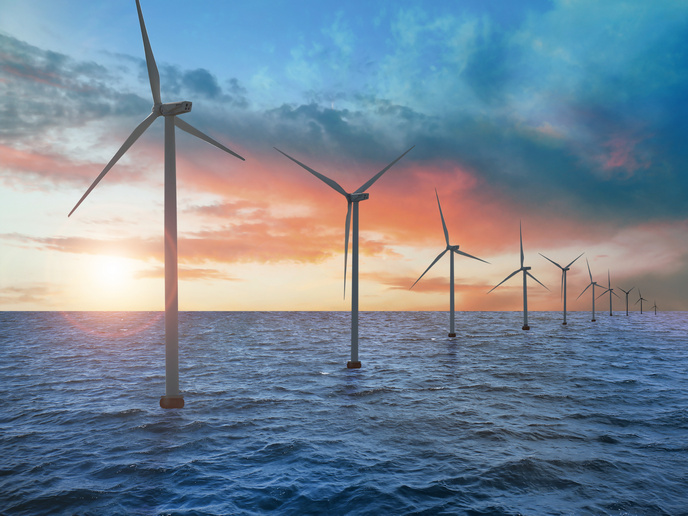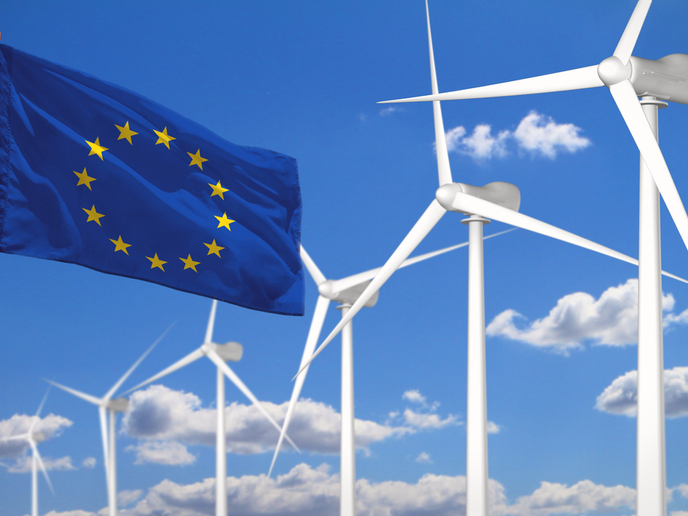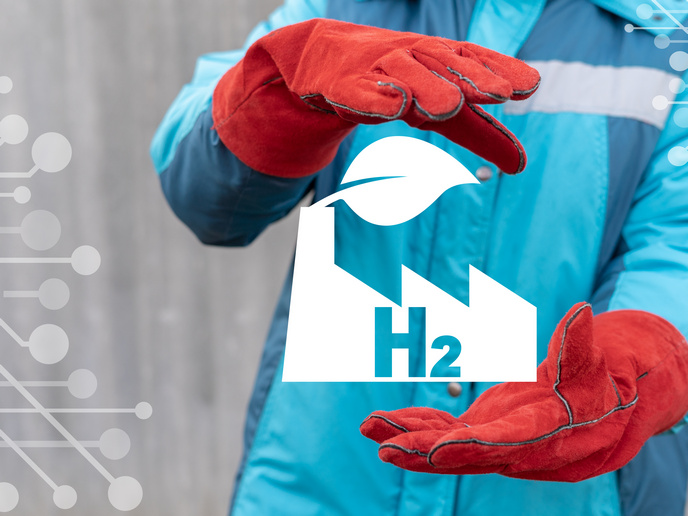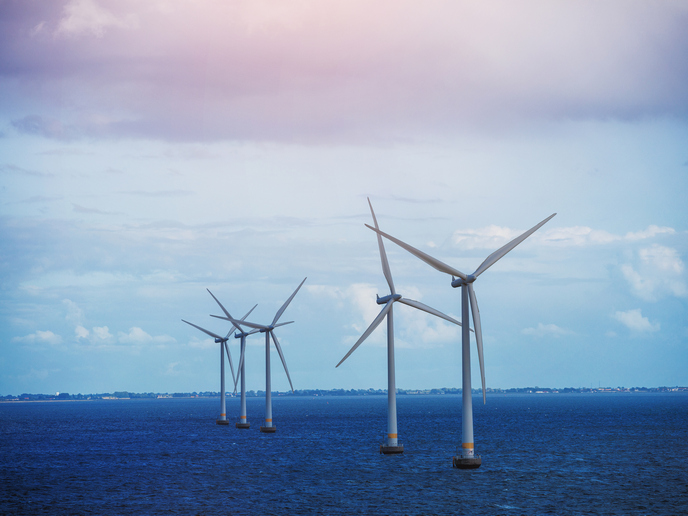Europe’s floating offshore wind energy sector prepares to expand to deeper waters
Global offshore wind energy capacity has grown exponentially since 2009, from about 2 gigawatts (GW) to more than 72 GW. The majority of Europe’s offshore capacity is in the North Sea region where most turbines are fixed-bottom installations, placed directly on the seabed. This technology limits deployment to relatively shallow waters, up to 60 metres depth. Floating offshore wind turbines (FOWTs) will be essential for extending exploitation to promising wind resources in deeper waters including narrow continental shelves in the Mediterranean. Better modelling tools are urgently needed to accelerate development cost-effectively. With the support of the Marie Skłodowska-Curie Actions programme, the SEAFLOWER project set out to develop a numerical procedure that integrates past experience and new findings using finite element analysis, ‘metamodelling’ and AI.
Metamodelling of anchoring systems
Metamodelling is a computationally efficient approximation method used to reproduce the response of complex finite element models. By creating a simplified model that captures the essential behaviour of a more complex system, metamodelling allows for quicker and less resource-intensive computations – particularly valuable when dealing with large datasets and complex simulations. FOWT anchoring systems are one of these complex problems. FOWTs are mounted on platforms secured with mooring lines and anchors. Still in the early stages of development, only a few pilot projects have been realised. Furthermore, the anchoring systems have been borrowed from the offshore oil and gas industry. However, offshore wind energy deployment has different requirements. Alessio Mentani, MSCA fellow at the University of Bologna, jumped at the opportunity to develop and validate a procedure for conducting metamodelling studies on anchoring solutions. Although Mentani had a PhD in geotechnical engineering, he had never worked in offshore geotechnics before and his experience with metamodelling techniques was limited. “SEAFLOWER provided a unique opportunity to expand my knowledge and skills in this specialised research area. It also allowed me to broaden my professional network significantly, one of my key goals,” he explains.
Coupling metamodels and finite element models
“Integrating finite element modelling with metamodelling methods was complex, as was identifying a feasible problem to investigate that would leverage both techniques effectively. Through iterative refinement and perseverance, we overcame obstacles, developing a robust methodology and increasing our understanding of how to combine these advanced techniques in practical applications,” notes Laura Govoni, associate professor at the University of Bologna and project supervisor. Mentani initially applied the procedure to a driven pile anchor subjected to pure tensile loading as a proof of concept. The second case study explored the more complex scenario of a plate anchor installed in soil with spatially varying material properties, yielding more advanced results. “Incorporating spatial variability in metamodelling techniques to examine how the spatial variability of soil properties affects the holding capacity of a plate anchor was both innovative and challenging. Its success provided a reliable approach for analysing the problem within a probabilistic framework,” notes Mentani. “A paper describing the main outcomes is currently in review, and I am optimistic that it could yield new insights and advancements in the field,” he adds. While the models for these two anchoring systems are important outcomes, validating the method’s reliability paves the way for its widespread use and towards a significant contribution to Europe’s growing floating offshore wind energy ambitions.
Keywords
SEAFLOWER, metamodelling, anchoring systems, offshore wind energy, FOWT, finite element models, plate anchor, AI, driven pile anchor, finite element analysis, floating offshore wind turbines







